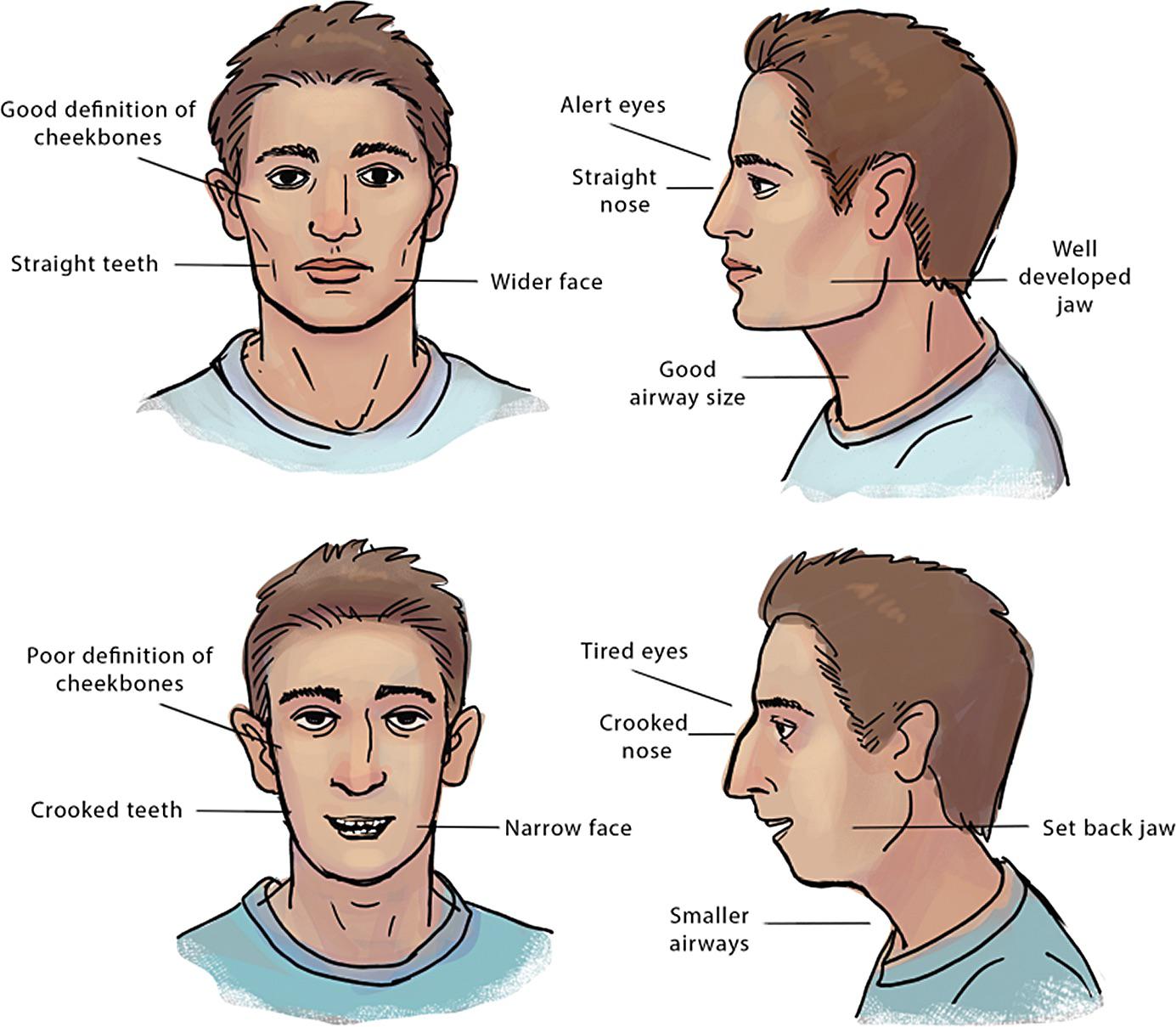Nasal Breathing Assessment
Apart from not getting the benefits of nasal breathing, mouth breathing carries a large number of harmful effects. Craniofacial development (the development of the bones of the head and face) is greatly affected with mouth breathing. The tongue has a big role to play in this. During mouth breathing, the tongue adopts a low forward position rather than resting at the palate (roof of the mouth). The picture below shows where the tongue should rest during nasal breathing.
For some children, even as nasal breathers the tongue does not rest at the top of the mouth due to a presence of a tongue tie, poor muscle tone of the tongue or a change in resting posture of the tongue from the extended use of milk bottles and pacifiers during infancy. Breast-fed babies naturally adopt a good resting tongue posture and predominantly nasal breathers.

